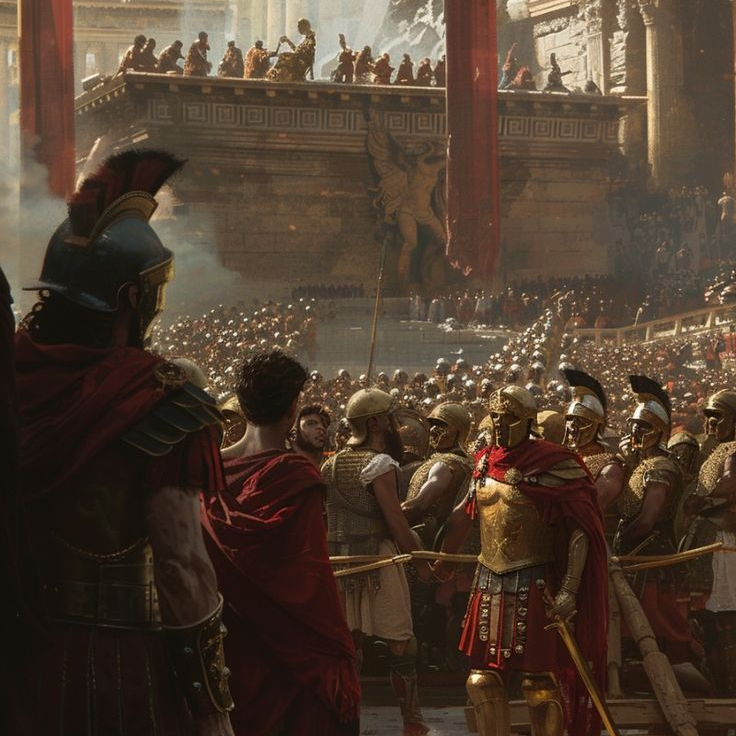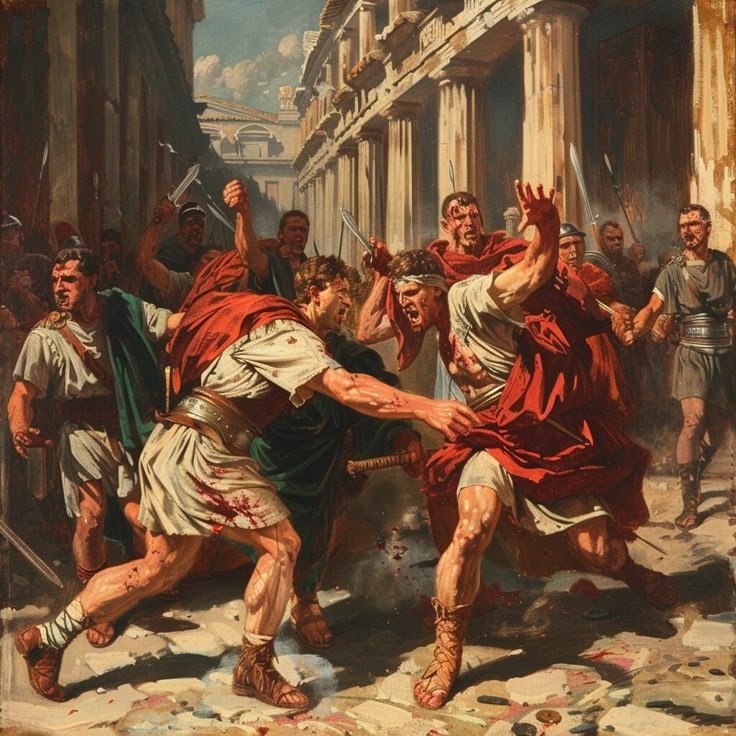Constitution of the Roman Republic
The Constitution of the Roman Republic was a complex and evolving system of governance that combined unwritten norms, traditions, and written laws to guide the procedural governance of the Roman Republic2. It emerged from the earlier Roman Kingdom and evolved significantly over nearly five centuries2. The constitution can be divided into three main branches:

1: Assemblies:
Composed of the people, the assemblies served as the supreme repository of political power. They had the authority to elect magistrates, accept or reject laws, administer justice, and declare war or peace
The Roman Republic had several assemblies, each serving different purposes:
- Comitia Centuriata: Divided citizens into groups based on military and economic status. This assembly elected higher magistrates like consuls and praetors, and decided on war and peace.
- Comitia Tributa: Organized by tribes (territorial units), it elected lower magistrates like quaestors and aediles, and passed laws.
- Concilium Plebis: The plebeian assembly, which elected tribunes and plebeian aediles, and enacted plebiscites (laws binding on all citizens).
2: Senate:
The Senate advised the magistrates and acted primarily with its influence rather than legal authority. It played a crucial role in guiding the Republic’s policies and decisions
The Senate was a powerful body of experienced statesmen, mainly from Rome’s aristocratic families. It functioned as the chief deliberative body of the state. While it had no formal legislative power, its decrees (senatus consulta) were highly influential. The Senate’s main responsibilities included:
- Foreign policy and diplomacy
- Financial administration
- Advisory role to magistrates
- Oversight of religious institutions and festivals
3: Magistrates:
Elected by the people, magistrates governed the Republic and exercised religious, military, and judicial powers. They also had the right to preside over and call upon the assemblies
Magistrates were elected officials who held executive authority and had various duties. Key magistrates included:
- Consuls: The highest-ranking officials, elected annually in pairs. They commanded the army, presided over the Senate and assemblies, and acted as chief judges.
- Praetors: Responsible for administering justice and filling in for consuls when necessary.
- Quaestors: Handled financial matters and public revenue.
- Aediles: Managed public buildings, festivals, and markets.
- Censors: Elected every five years to conduct the census, oversee public morals, and manage certain state finances.
- Tribunes of the Plebs: Elected by the plebeian assembly to protect the rights of plebeians. They had the power to veto decisions by other magistrates and the Senate.
Checks and Balances
The Roman Republic’s system of checks and balances prevented any single individual or group from gaining too much power:
- Collegiality: Most magistrates held office in pairs, ensuring shared authority.
- Veto Power: Tribunes could veto actions of other magistrates and the Senate.
- Term Limits: Magistrates typically served one-year terms, limiting their time in power.
- Accountability: Magistrates were subject to legal prosecution for misconduct after their term ended.
Evolution and Changes
The constitution evolved over time due to internal conflicts, wars, and social changes. Major milestones included:
- Conflict of the Orders: A struggle between patricians and plebeians that led to significant political reforms, such as the creation of the tribunate and the extension of political rights to plebeians.
- Expansion of Rome: Conquests and territorial expansion brought new challenges and adaptations to the political system.
- Social and Economic Changes: Shifts in the economy and society influenced the roles and functions of various institutions.
Decline of the Republic
The Roman Republic eventually faced a period of instability and civil wars, leading to its transformation into the Roman Empire. Key factors in its decline included:
- Political Corruption: Increasing corruption and manipulation of the political system by powerful individuals.
- Military Reforms: Changes in the structure and loyalty of the army, leading to the rise of powerful military leaders.
- Social Unrest: Growing inequality and social tensions between different classes.
- Ambitious Leaders: Individuals like Julius Caesar exploited the weaknesses of the Republic to gain extraordinary power.


I’m really impressed together with your writing abilities as smartly as
with the layout to your weblog. Is that this a paid topic or did you modify it your self?
Anyway stay up the excellent high quality writing, it’s uncommon to peer a great
blog like this one nowadays. Instagram Auto follow!
I’m really impressed along with your writing talents and also with the format on your weblog. Is this a paid subject or did you modify it your self? Either way stay up the nice quality writing, it is rare to peer a great weblog like this one these days!